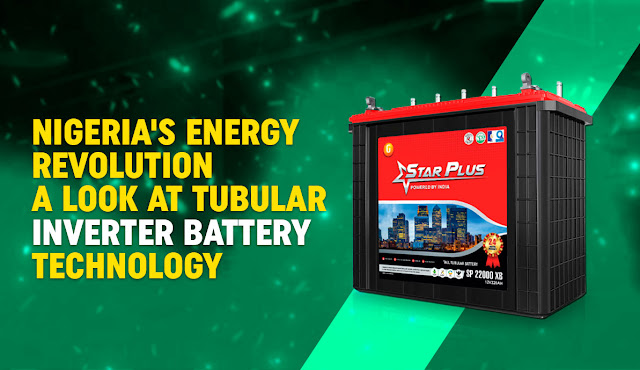In today's fast-paced world, where our dependence on electronic devices is ever-growing, inverter batteries play a crucial role in ensuring an uninterrupted power supply during outages. These batteries are the backbone of inverters and are expected to deliver optimal performance for an extended period. The longevity of your inverter is significantly influenced by the quality of your battery and how well you maintain it. While regular maintenance may not be necessary, timely and effective maintenance is a must. Neglecting your inverter battery can lead to reduced performance and a shorter lifespan.
Corrosion and Rust Prevention
Corrosion and rust in the battery terminals can hinder the flow of current to and from the battery. This restricted current flow leads to slower battery charging, decreased battery life, and ultimately affects the backup power of your inverter. To combat corrosion and rust, you can use a solution of hot water and baking soda on the affected areas or use a toothbrush to clean them. Additionally, storing your battery in a dry place and applying petroleum jelly to the terminals can help prevent these issues.
Regular Use of the Battery
Using your inverter battery regularly is essential to maintain its optimal performance. Even if you rarely experience power cuts, it's advisable to discharge the battery completely once a month and then recharge it. Properly charging the inverter battery is crucial to preserve its backup capacity.
Proper Ventilation and Temperature Control
Inverter batteries tend to heat up during charging and operation. To mitigate this, it's important to install your inverter in a well-ventilated area with a cool temperature. Keeping the battery's surface and sides clean and free of dust can also help maintain a suitable operating temperature.
Regular Water Level Checks
Regularly check the water level in your battery, typically every two months. Ensure that the water level is within the recommended range, and top up the battery with distilled water. Using tap water or rainwater is not advisable as they often contain minerals and impurities that can harm the battery's performance and longevity.
Battery Replacement
Over time, tubular batteries lose their designated capacity, leading to reduced backup power. If your inverter batteries are worn out, it's crucial to replace them. Invest in high-quality batteries that offer both longevity and a guarantee of the correct charge storage capacity. Avoid inferior-quality batteries, as they tend to fail prematurely and do not provide sufficient backup.
Protection from Thermal Environments
To extend your battery's capacity and prevent potential disasters, it's essential to keep it away from sources of heat and smoke. This will help safeguard the battery and prevent it from overheating or exploding.
Load Capacity Management
It's crucial not to exceed the load capacity of your inverter. Overloading it with more devices than it was designed to handle can drain the batteries faster, resulting in a shorter backup period. Therefore, it's important to manage the loads connected to the inverter during power failures and disconnect any unnecessary devices.
Avoid Complete Battery Drain
Frequently allowing the battery to drain completely before recharging can damage the battery cells and reduce its lifespan. To maintain the health of your inverter battery, avoid letting it discharge to a critical extent and recharge it in a timely manner.
Choose Energy-Saving Devices
Using energy-efficient devices can significantly reduce power consumption from your inverter batteries. For example, switching from traditional incandescent bulbs to energy-efficient CFL or LED bulbs can save up to 75% of energy. Similarly, selecting appliances with better energy efficiency, like ceiling fans with high-quality copper wiring, will put less strain on your inverter and extend the tubular inverter battery's backup.
Conclusion
An inverter battery keeps our lives running smoothly during power outages. To ensure that they continue to perform the way they should and have a long lifespan, it's imperative to follow these maintenance tips. From preventing corrosion to proper ventilation and load management, each of these steps contributes to the efficiency and longevity of your inverter battery. By implementing these practices, you can enjoy uninterrupted power and peace of mind. Remember that the key to a longer inverter battery life lies in timely and effective maintenance.






